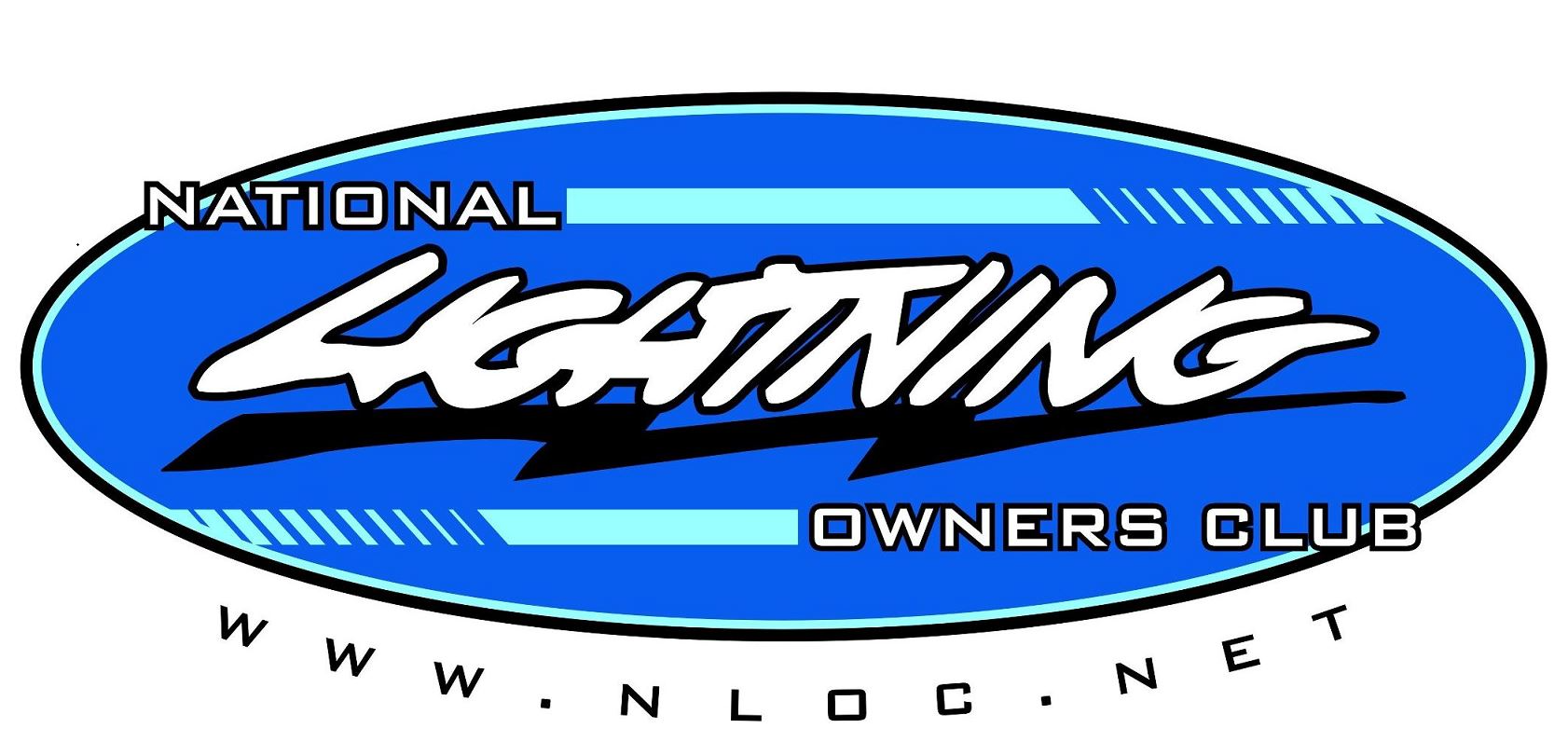Steve83
Bronco Guru
You're assuming 1) that weld will hermetically seal between the 2 plates, and 2) that weld is the ONLY thing that will seal between the plates. I don't think either of those is true. I don't think anyone is likely to get a perfectly-sealed weld on a rusty 25-year-old C-channel truck frame, working with the truck still assembled on the frame. Maybe you can & did, but I don't think most people can. And It only takes a few shots of common rubberized undercoating to seal that area. If you simply follow Ford's maintenance recommendations, and flush the entire underbody with clean water 2x a year, it probably wouldn't even need to be fully-sealed to last forever (or at least, longer than gasoline-powered vehicles will be legal to drive on dirty, salty, crappy roads).Which allows road dirt, salt and other crap to migrate between the plates and chew at the steel.
(click this text)

But that's just my opinion (and Ford's).


